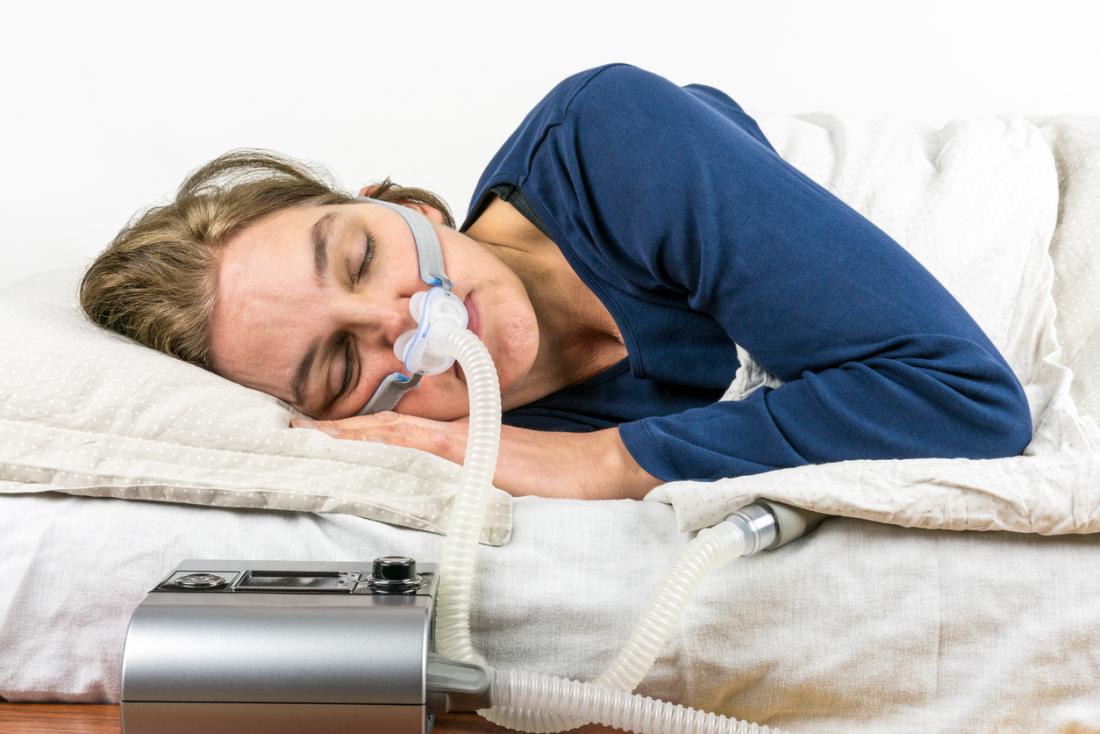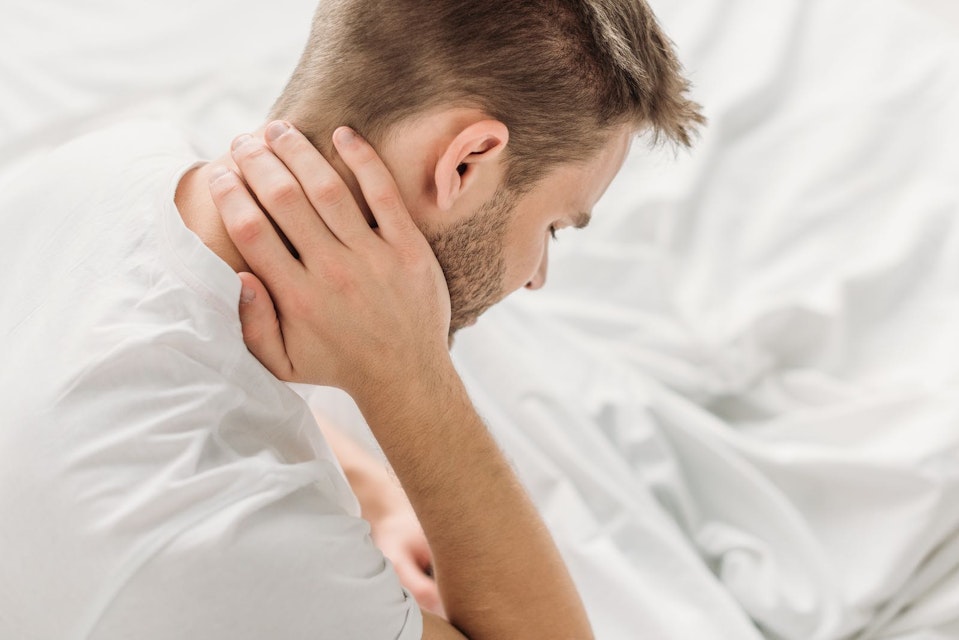The benefits of quality sleep, including cell renewal, cannot be overstated as they play a significant role in one’s productivity throughout the day. After getting good rest at night, you usually wake up feeling refreshed and enthusiastic for the new day. Although sleeping is ordinary in human beings, not everyone may enjoy the benefits of the same, especially those with sleeping disorders, including sleep apnea. This condition affects your sleep quality as you wake up multiple times during the night due to obstructed breathing. Symptoms like loud snoring and drowsiness during the daytime may indicate the need to visit Barry Chase DDS for medical intervention.
What is sleep apnea?
It is a sleep disorder characterized by repeated interrupted breathing when sleeping. If you have sleep apnea, you may experience episodes of stopped breathing more than a hundred times during the night. Most people do not realize when this happens but wake up with morning headaches, mood changes, and a dry mouth. Sleep apnea falls under two categories that include:
- Obstructive sleep apnea
Obstructive sleep apnea is the most common sleep disorder of the two. Obstructive sleep apnea occurs when your throat muscles relax, block your airways and partially obstruct breathing during sleep. As a result, you repeatedly stop and start breathing while you sleep. The most noticeable symptom for people with obstructive sleep apnea is snoring. However, you can snore if you do not have obstructive sleep apnea. Consult with your doctor if the snoring is too loud, with periods of silence in between. Patients with this sleep disorder may benefit from various treatment options, including positive airway pressure and sometimes surgical procedures.
- Central sleep apnea
Central sleep apnea does not involve any form of blockage in your airways. Instead, instability in the respiratory control center affects signal transmission between the brain and muscles, affecting breathing. This type of sleep apnea is linked to the function of the central nervous system.
Causes of sleep apnea
The causes for sleep apnea are different depending on the type of disorder. Central sleep apnea is common in patients with medical conditions like stroke and neuromuscular diseases such as amyotrophic lateral sclerosis, which affect the function of the central nervous system. Obstructive sleep apnea occurs when the muscles in the back of your throat relax and affect normal breathing. Although obstructive sleep apnea can develop in people of all ages, certain factors put you at risk for this disorder. For example:
- Age. The risk of obstructive sleep apnea increases as you advance in age. However, it levels off when you get to your 60s and 70s.
- Obesity. Most people with obstructive sleep apnea have excess body weight. Extra fat deposits along your airways can obstruct breathing. Other conditions associated with obesity, like polycystic ovary syndrome, can also cause obstructive sleep apnea.
- High blood pressure. People with hypertension are at risk for this sleep-disordered than those who have normal blood pressure.
- Chronic nasal congestion narrows the airways, increasing your chances for obstructed








